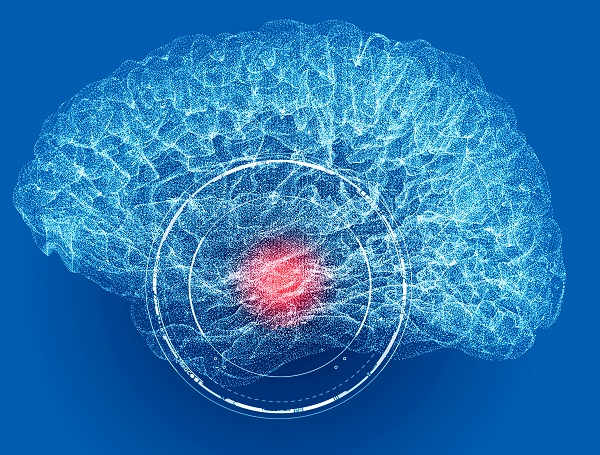How Does a Neurosurgeon Treat a Brain Aneurysm?

A brain aneurysm, also known as a cerebral or intracranial aneurysm, is a point of weakness of an artery in the brain. It is like a balloon on an artery. Since the artery wall is weaker at the point of aneurysm, there is a risk of rupture. A ruptured aneurysm can lead to subarachnoid hemorrhage (bleeding into the brain) and requires emergency treatment.
Treatment for a brain aneurysm
A brain aneurysm that is yet unruptured but is large or causing symptoms can be treated. The objective of treatment for both ruptured and unruptured aneurysms is to lower the risk of blood flow from the aneurysm to the brain.
MRI or CT scans: The surgeon will review high-resolution, 3D images of the brain and the blood vessels to determine the size, shape and location of the aneurysm, as well as the possible bleeding or spasms that may indicate a high risk of stroke. These tests last about 30 to 60 minutes and are almost painless. When CT scans or MRIs are used to check blood vessels (angiograms), they are considered CTAs and MRAs.
Cerebral angiography: The surgeon will insert a catheter through a small incision into one of the major arteries and thread it through the circulatory system to the neck. Afterward, they will inject a contrast dye into the catheter, which moves to the brain’s arteries to mark the location and severity of the aneurysm. Generally, this test lasts for about an hour and requires that the patient lies flat for another two to four hours.
There are many treatments available. The options can include the following.
Medications
The neurosurgeon may prescribe drugs to lower blood pressure and symptoms like seizures.
Microsurgical clipping
The surgeon will create an open incision in the back of the skull (craniotomy) and put one or more metal clips across the neck of the aneurysm. This stops blood from gaining entry into the aneurysm sac, prevents enlargement and lowers the risks of future bleeding.
Cerebral artery bypass and coiling
By making an open incision in the skull, neurosurgeons redirect blood flow around the weak artery with a replacement blood vessel from another area of the body, typically the leg. The new artery circumvents the damaged blood vessels and restores the healthy flow of blood in the brain. Afterward, the surgeon will insert small coils into the aneurysm neck to seal it.
Endovascular coiling or embolization
With high-resolution images as their guide, a neurosurgeon can create a small incision and insert a catheter into a major artery (often the groin). Afterward, small metal coils are placed via the catheter into the weakened artery to stop or lower blood flow to the aneurysm.
Endovascular stenting and flow
The process is similar to embolization or coiling, except that only a tiny stent will be used to redirect blood flow from the aneurysm. Eventually, the stent will lead the aneurysm to seal off.
Final note
Not all cases of brain aneurysm need treatment. The neurosurgeon will try to evaluate the potential risks of bleeding from an aneurysm against the risk of treatment and options available. When the risk of treatment is lower than nontreatment, they will recommend treatment.
Get more information here: https://www.brainandspineni.com or call Brain and Spine Neuroscience Institute at (813) 751-2029
Check out what others are saying about our services on Yelp: Brain Aneurysm in Palm Harbor, FL.
Related Posts
Your baby needs hydrocephalus treatment if there is a buildup of CSF (cerebrospinal fluid) in the spinal column and brain. The telling sign is the enlargement of the heads of young kids and newborns. This excess fluid puts pressure on the brain tissue. This could lead to cognitive and general health issues if it does…
A brain anerusym is a serious condition that occurs in a blood vessel in the brain. It can lead to severe complications, including a rupture that causes brain hemorrhage. Understanding the symptoms, risks, and treatment options can help ensure patients take the necessary and immediate action to prevent the condition from worsening.A brain aneurysm forms…
Traumatic brain injury is one of the conditions that a neurosurgeon treats. The condition is simply a brain injury resulting from trauma – a blunt force to the head or an object breaking through the skull to reach the brain tissue. Depending on the severity of the brain damage, the symptoms can range from mild…
A stroke treatment center provides comprehensive care for patients recovering from a stroke, from emergency treatment to the support they need to support their long-term health. These facilities are staffed by highly trained professionals and advanced medical technology. Stroke treatment centers aim to provide patients with the best possible treatment at every stage of their…
